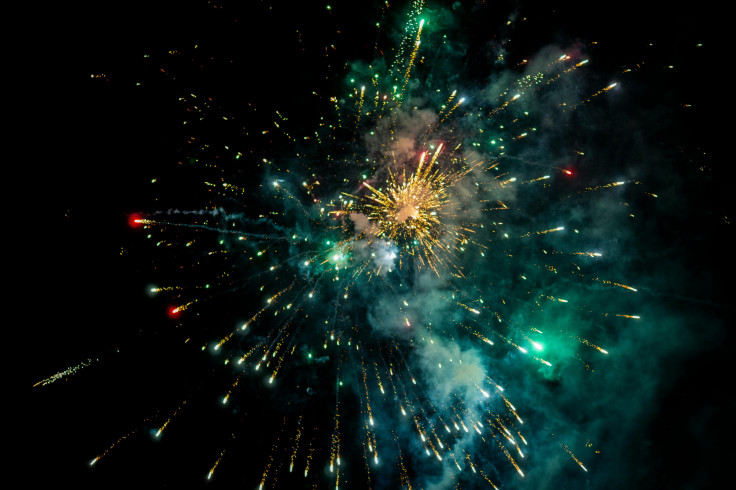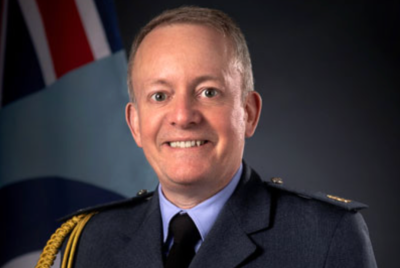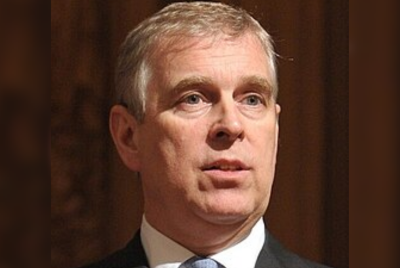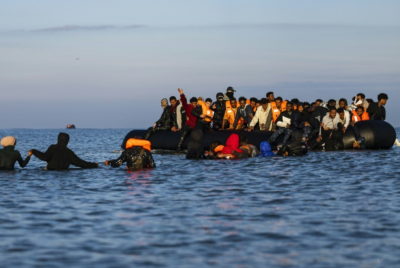Disorder and Violence Erupt on Bonfire Night in Edinburgh: Firefighters and Police Officers Under Attack
On the evening of Bonfire Night in Edinburgh, distressing incidents occurred as young individuals engaged in violent behaviour, leading to clashes with law enforcement.

On the evening of Bonfire Night in Edinburgh, a disturbing series of events unfolded as a group of approximately 50 young people engaged in acts of violence attacked the police personnel and firefighters. The incidents involved the hurling of petrol bombs and fireworks at riot police, resulting in significant disruptions and injuries.
The clashes between these young people and officers were called "unprecedented levels of violence". This marked an alarming departure from the norm in the city. In the aftermath, four people, including a police officer, were sent to a hospital in Glasgow due to their involvement in a "mass brawl" that took place in the Barmulloch area.
The Scottish Fire and Rescue Service (SFRS) also encountered difficulties as its staff were targeted with pyrotechnics and bricks in nine separate instances over an eight-hour period on Bonfire Night. These attacks occurred in Dundee, Edinburgh, Glasgow, Blantyre in South Lanarkshire and Blackburn in West Lothian, among other places. Fortunately, no injuries were recorded among the firefighters, though a fire engine in West Lothian was damaged when a brick cracked its windscreen.
The events began on Hay Avenue in Niddrie, Edinburgh, where a group of about 100 young people assembled soon before 5 p.m. on Sunday. This parallelled disruptions seen in the same neighbourhood the previous year.
Drone footage showed people throwing pyrotechnics and petrol bombs at police, buildings and automobiles. Around 50 people were identified as being responsible for this risky conduct, which posed a serious threat to public safety.
Assistant Chief Constable Tim Mairs issued an official statement on the incident, underlining that, despite the fact that the majority of Scotland celebrated a peaceful Bonfire Night, police officers faced an "unprecedented level of violence".
He was deeply concerned by the violent character of the incidents in the Niddrie region, particularly the involvement of young people who seemed to be persuaded and organised by adults to attack police officers while they carrying out their duties.
First Minister Humza Yousaf condemned these scenes as "disgraceful," highlighting the severity of the situation and its impact on the community. The footage from drones captured a dramatic standoff between police officers, equipped with riot shields and flashing blue lights on their vehicles, and a group of black-clad youths who commenced launching pyrotechnics at the law enforcement personnel.
Police personnel temporarily retreated as a petrol bomb landed on the ground and fireworks detonated nearby. However, in an attempt to regain control of the situation, they eventually advanced towards the assailants.
Following the incident, authorities made a limited number of arrests, with more arrests expected as investigations continue in the coming days. The tumultuous situation spread beyond Edinburgh, with occurrences recorded in Glasgow, where a large number of officers reacted to a situation involving 20 young people engaging in fights and firing fireworks at each other. Unfortunately, one police officer was injured during the effort to deal with the problem.
In addition to these incidents, two police vehicles in Dundee were struck by bricks and in Glasgow, two separate groups of youths were engaged in physical altercations while directing fireworks at each other.
The disturbing events of Bonfire Night demanded an immediate response and a firm stance against those involved.
Scottish Conservative justice spokesman Russell Findlay called the young people in Edinburgh "thugs", while council leader Cammy Day said they would face legal penalties. Day remarked that this reckless activity endangers lives and is unacceptable, especially given the community's year-round efforts to prevent Bonfire Night-related disruptions.
Assistant Chief Constable Tim Mairs, who served as the gold commander for Operation Moonbeam, acknowledged the involvement of young people in the attacks on emergency services.
He further noted a disturbing element of adults supplying fireworks to youngsters, effectively exploiting and encouraging them to engage in violent acts. This added dimension underscored the gravity of the situation, emphasising the need to address deeper issues surrounding these incidents.
© Copyright IBTimes 2025. All rights reserved.






















